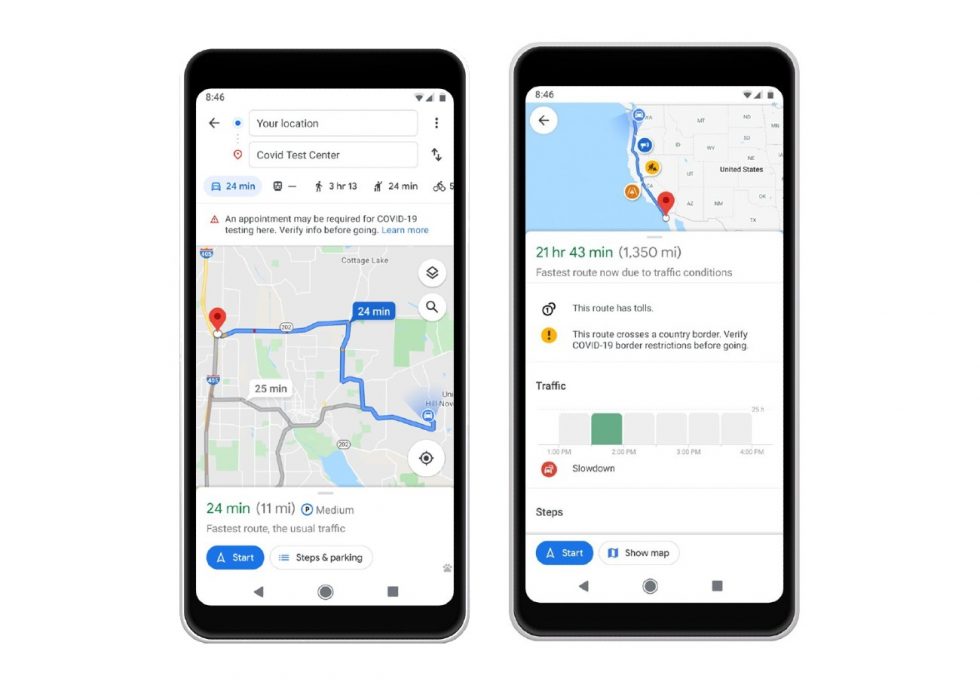https://gizmodo.com/researchers-have-created-transparent-face-masks-1843966867
As mask-wearing becomes the new norm around the world, researchers from the EPFL and Empa in Switzerland have come up with a way to improve at least one of the many challenges of wearing face protection with a new transparent design that no longer completely hides and obscures the wearer’s mouth.
With everyone now being encouraged to wear masks while out in public, the problems with the current designs are finally being addressed, despite health care workers and caregivers being forced to just suck it up and deal with those issues for decades now. Even thin masks can be hot, uncomfortable, and have a tendency to muffle voices, which anyone who’s ever tried to use a voice assistant while wearing one has discovered. But the biggest challenge is that disposable masks can be very impersonal, making it challenging for caregivers to comfort patients or show compassion through facial expressions, and limit communications, particularly with those dealing with hearing impairments.
Over the past few months, the occasional prototype for see-through masks has been shared online, but the designs mostly involve replacing part of a mask with clear plastic panels which reduce breathability and often quickly fog up from the wearer’s breath, rendering the solution mostly useless. Researchers from the École polytechnique fédérale de Lausanne and the Swiss Federal Laboratories for Materials Science and Technology have spent the past two years developing a better alternative that offers near full transparency while still being breathable and protective.
The result of their combined efforts is the HelloMasks, which are made from organic biomass-based materials. So, in addition to being transparent, they’ll also be recyclable and biodegradable given the masks’ need to be removed and disposed of after a certain amount of time for them to remain effective. Using a manufacturing process called electrospinning where an electrical charge is used to create ultra-thin threads, the new polymer the researchers’ developed features fibers spaced just 100 nanometers apart which is the same as conventional disposable masks that allow air particles to pass through but block bacteria and viruses.
The new mask design isn’t remaining just a research project, thankfully. The research teams created a startup company to market the technology, and are currently in the process of developing the manufacturing processes needed to create the transparent masks en masse. They’re optimistic the masks could be available as soon as early 2021, and while they’ll first be offered to medical and health care professionals, as production increases they could eventually be made available to the general public as well.
via Gizmodo https://gizmodo.com
June 9, 2020 at 11:27AM


